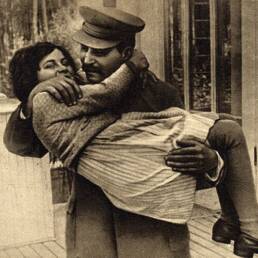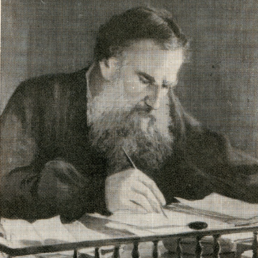The flash of a brilliant blue and a dazzling roll in the sky can hardly describe the aura of this prophetic bird of Dussehra. This fortune-teller once even helped CV Raman challenge the Tyndall Effect. Yet this exquisite bird faces an existential crisis.
Known as the Indian Roller or a Blue Jay, this bird with a brilliant blue-coloured tail and magnificent bright blue wings is the state bird of three Indian states – Odisha, Telengana and Karnataka. It is best known for the impressive aerobatics it performs during the mating season.
Apart from this, the Kol tribe and people of Bengal consider seeing the Roller a good omen. For others, adding cut plumes to fodder for cows helps boost their milk yield. That is why the Indian roller is also referred to as the “milk bird” or “pala-pitta” around Southern India.
A nomadic tribe of fortune-tellers from the woods near Visakhapatnam believed they inherited the art of fortune telling from this prophetic bird. They would use a plume made of the bird’s feathers to identify themselves.
But ultimately, the bird’s peculiar reputation as a fortune-teller and a lucky charm posed a significant threat to their existence. The seemingly harmless superstitions turned into a death sentence. And the history is quite riveting.
In Hindu mythology, the revered bird, known as Nilkanth, is believed to be Lord Shiva’s assumed form or messenger, and Lord Rama is said to have seen an Indian Roller before the battle against Ravana, thus giving birth to a certain ritual.
One or more Nilkanth birds used to be freed by the King of the princely state of Nagpur during the Dussehra festival, accompanied by the sound of cannon and musket fire, and in front of all the station’s officers. And the tradition continues.
The Bengalis of Calcutta buy one of these birds before the Durga Puja and release it when they immerse or do the ‘Visarjan’ of the Durga idol into the river. Releasing Nilkanth birds is considered an auspicious event on the day of Bijoya Dashami.
Seeing the Neelkanth on Dussehra eve is thought to bring good fortune. According to another popular belief, if a person makes a wish in front of an Indian Roller, Lord Shiva will supposedly grant it. And there lies the grave danger.
Just before the Dussehra festivities, due to an increased demand, poachers catch numerous birds a month before the festival, bind their legs together with thread, and weld them to keep them from flying. The birds are typically kept malnourished in small cages until the day of Dussehra for public viewing.
Indian Roller hunting was made illegal by the Wild Birds Protection Act of 1887 and 1912, giving the species legal protection. However, in the past decade or so, the species has once more experienced an existential crisis owing to these superstitions around it.
Many governments and NGOs are working to dispel superstitions around the bird, as well as combat poaching and illegal trade of the Indian Roller, but there is still a long way to go.
The common Dussehra bird also had a very interesting role to play in C.V. Raman’s stellar academic accomplishment. Raman began to show interest in the colour of bird plumage in the 1930s, veering away from his primary love, optics and colour of the sea.
Whereas the conventional wisdom holds that the striking blue colour displayed by many birds is the result of the Tyndall effect, Raman was the first to question the theory and, following extensive research, established the Tyndall effect’s inapplicability to explain the phenomenon.
His research was based on detailed study of the colored plumage of a humble Indian Roller. Nilkanth – from science to superstition – a bird of many tales.
Source: The story is sourced from Wikipedia Featured article and all the subsequent citation can be found in https://en.wikipedia.org/wiki/Indian_roller




